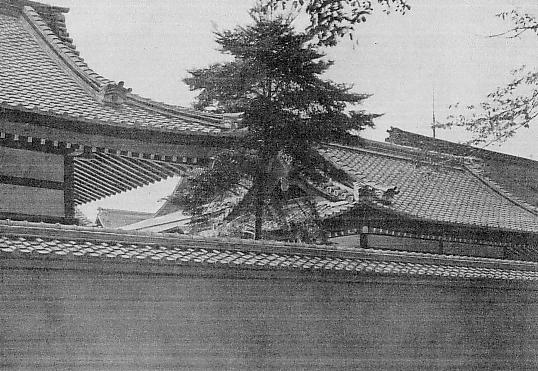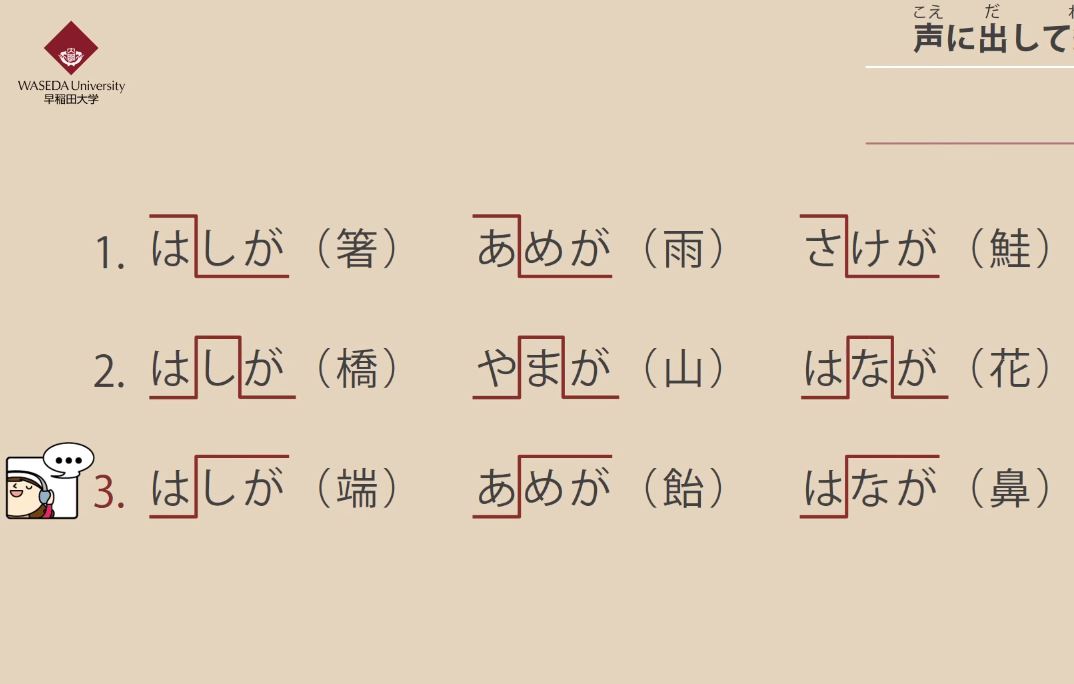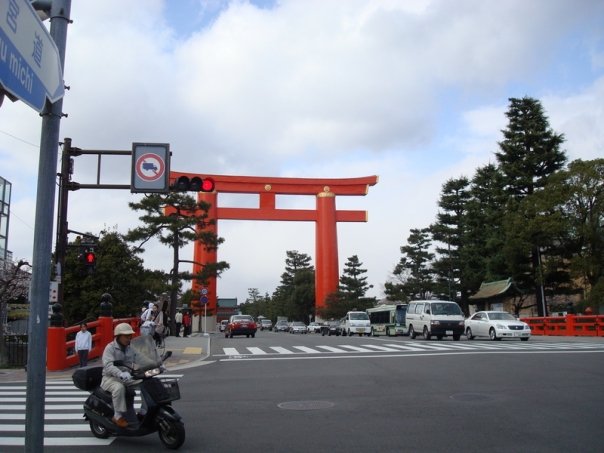Tool for Mastering Japanese. Self Study Course. Valuable Supplement to any Live Curriculum. Drill-based Training. Audio Lessons and Reference-Grade material.
Category Archives: Japanese
Japanese Diacritical Marks
In Japanese, diacritical marks like the dakuten and handakuten are considered markers that indicate if a sound is vocalised or plosive, respectively. Handaku-ten (“Half vocalised” = “Plosive”)半濁点・はんだくてん『○ ゚』は→ぱ、ひ→ぴ、ふ→ぷ、へ→ぺ、ほ→ぽ ha→pa, hi→pi, fu→pu, he→pe, ho→po Daku-ten (“Vocalised” = Hum while you say the sound)濁点・だくてん『○ ゙』 は→ば、ひ→び、ふ→ぶ、へ→べ、ほ→ぼ ha→ba, hi→bi, fu→bu, he→be, ho→bo か→が、き→ぎ、く→ぐ、け→げ、こ→ご ka→ga, ki→gi, ku→gu, ke→ge, ko→go た→だ、ち→ぢ、つ→づ、て→で、と→ど ta→da, chi→ji, tsu→dzu,Continue reading “Japanese Diacritical Marks”
How to study Japanese Grammar
How to study Japanese grammar. Here’s our main points to keep at the top of mind while studying grammar and acquiring Japanese.
Japanese Complete First Lessons Live
Japanese Complete is now live with the initial batch of lessons, subscribe today and get access to the ninja training grounds for Japanese understanding.
Language Blending
Language Blending, also referred to as Translanguaging, the creation of Bridge Language, and also sometimes Multilinguality, is cross-language teaching and elucidation that yields rapid conceptual understanding and meta-linguistic comprehension, almost as if multiple cities were each being built in the landscape of the brain, and the routes and paths between each city were getting stronger the more the languages were criss-crossed.
Top 50 Most Frequent Japanese Verbs
This article is about the first 50 most-frequent verbs as determined by the Balanced Contemporary Corpus of Written Japanese (2011). “Balanced” refers to the utilisation of online web forums as well as television subtitles in addition to novels and newspapers. 1 言う to say, to speak. いう2 する to do. 3 ある to be (inanimate existence),Continue reading “Top 50 Most Frequent Japanese Verbs”
The Japanese Musical Mind
and how Pitch Accent will bring your Japanese to a native-sounding level. This article is about Japanese Pitch Accent. Most people exercise their eye-strength for recognizing Japanese visually (eye intelligence), let’s work on our ear intelligence! Just like in other languages, rising intonation on the last syllable indicates a question-statement, as in “Are you goingContinue reading “The Japanese Musical Mind”
Articles in English versus Particles in Japanese
Check out this image, it shows how articles in English come before the primary terms and how particles in Japanese come after the primary terms. You can see that Particles in Japanese are like Post-term Articles (P+Articles) Cover up the articles and you’re speaking Japanese, Cover up the particles and you’re speaking English. Next: ReadContinue reading “Articles in English versus Particles in Japanese”







